Go to the championship again! Warriors offseason reinforcement forecast: size & athletic ability & shots are the core goal
The Golden State Warriors could have advanced to the NBA Finals again next month, and they could still improve their 2025-26 squad. Warriors general manager Mike Dunleavy expressed the above views last week at his season-end press conference. "I think from my point of view, getting into the playoffs, whether we lose in the first round or we reach the finals, from my side, it won't be much change because we have to get better next year." The Warriors have a record of 48 wins and 34 this season, becoming the No.7 seed of the Western Conference and defeated the Houston Rockets in the first round series before losing to the sixth-ranked Minnesota Timberwolves in the Western Conference semifinals. Despite their successful season – especially given their long mid-season downturn, which prompted them to bring in Jimmy Butler with Stephen Curry in February – they are still pursuing the next championship, and the end of their season reflects the need to strengthen the roster. As the Warriors' young players continue to improve, size, athleticism and shooting ability in various positions are one of the traits they may be targeting in future trading and free agent markets. "I don't think you're going to go wrong in these aspects," Dunleavy said. "You can be taller, more athletic, better skills in shooting, passing and defending. I think we can improve in many ways, and also know that we've consolidated and performed well in some ways. We'll look to do these things... we'll think about deals. We'll think about free agent market." The Warriors already have $170.5 million in guarantee contracts in the 2025-26 roster, with nine of them signing standard contracts, while Jonathan Kumingga and Pat Spencer are under team control as restricted free agents. In comparison, the luxury tax line is US$187.8 million, while the two local tycoon lines that are restrictive to lineup construction are US$195.9 million and US$207.8 million respectively. Staying below the luxury tax line will give the Warriors $14.1 million in middle class and $5.1 million in biennial special. In addition to the veteran base salary contracts that can be provided, the Warriors also have trade exceptions worth $8.8 million and $2.2 million, as well as the No. 41 pick in the draft next month. "We have a lot of players who are both offensive and defensive and able to build a roster that's why we have so much success," head coach Steve Cole said on May 17. "It's hard to find those players, but that's always our goal." With that in mind, this article will explore the needs of the Warriors and how they can solve these needs this offseason: Size and defensive athletics in each position: Reason: The small ball lineup—with Draymond Green as center and Butler as power forward—helped the Warriors win 23 of their last 31 games of the regular season, but at the cost of spending a lot of energy against a larger and more athletic playoff opponent. During Butler's regular season, the Warriors led the league with a defensive efficiency of 109. But in the playoffs, the Warriors’ weaknesses in rebounding and targeted defense were magnified. The Warriors' rebounding rate in the playoffs dropped from 51.2% in the regular season (during Butler's time) to 47.7%, ranking 12th among 16 playoff teams. Meanwhile, the Warriors averaged 49.5 points in the penalty area, ranking fifth highest among the playoff teams. As for targeted defense, when it comes to Fred Van Van Villet of the Rockets and Anthony Edwards and Julius Randle of the Timberwolves, the Warriors have to use joint defense, double-teams and trap defense, and these defensive methods will come with some costs, such as giving opponents an open three-pointer opportunity and vulnerability in defensive rebounds. When playing against the Warriors, although they have to deal with the Warriors' breakthrough pass-through tactics on the defensive end, their performance on the offensive end is still very efficient: the Timberwolves' three-point shooting percentage is 38.2%, while the Rockets' 37.4%. If these data are placed in the regular season, they will be ranked third and sixth respectively. Flankers with better size and athleticism can strengthen the Warriors' targeted defense. Better interfere with top ball handlers – superstars aren’t usually completely blocked, but limiting their offense is the first step to limiting top offenses in the playoffs – will reduce the number of defensive rotations. A traditional rim guard can make up for mistakes on the outside, while also enhancing the aggressiveness of the defense. A rim protector with three-point range can also open up space for the Warriors' offense. How to do it: Kumingga showed strong targeted defensive ability when facing Edwards in the playoffs, and with a 6-foot-7 inch (about 2.01 meters) body condition, he can grow into a deterrent ball-holder defender. Moses Moody and Brandin Podjemski also made progress in ball-holding defense and had the potential to gain further improvement, although the Warriors did not have top athleticism. Milwaukee Bucks superstar Giannis Antetokounmpo (averages 30.4 points, 11.9 rebounds, 6.5 assists per game) is a player with great power on both ends. He is not only a forward with fierce finishing ability and possessive balls, but also a top team defender. If Antetokounmpo applies for a deal and chooses the Warriors as one of its preferred next homes, then this situation is worth discussing. If Jason Tatum's Achilles tendon rupture makes the Boston Celtics seek a deal, then look at their guard Derek White (averages 16.4 points, 4.5 rebounds, 4.8 assists, and 38.4% from three-point shooting). White is an excellent player with a strong offense and defense at the peak. He can defend the ball holder, handle the ball, and shoot efficiently. Judging from the center position, the same is true for Celtics inside player Kristaps Porzingis (averages 19.5 points, 6.8 rebounds, 1.5 blocks, and a 41.2% three-point shooting percentage). If a trading target appears this offseason, the popular players in potential trades include Kumingga (by signing first, then exchange), Podjemsky and Moody. The Warriors' other trade chips include up to four future first-round picks, as well as swap rights to future picks, and comes with a contract to balance salary. Non-restrictive free agents who are affordable on the wing positions include Amir Kofi, Torrion Prince, Jabary Walker, Trenton Watford and Jayshaun Tate. The free agents in the frontcourt include Brooke Lopez, Clint Capela, Miles Turner, Steven Adams, Al Horford, Luke Cornett, Jericho Sims, Chris Boucher, Larry Nance Jr. and Trey Lyles. defensive backs in free agents include Bruce Brown, Trey Jones, Nikil Alexander Walker and D'Anthony Melton. shooting ability Reason: The Warriors ranked second in the league in three-point shooting per game (42.4 times), but only ranked 15th in three-point shooting percentage (36.4%). This is still with Curry: he averaged a league-high 11.2 three-point shots per game, with a shooting percentage of 39.7%. Buddy Hilder (37% from three-point shooting percentage, 6.7 shots per game) is another excellent shooter for the Warriors, attracting his opponent's diving. As a space-based rookie center, Quinten Post made a 40.8% three-point shooting percentage. Moody (37.4%) and Podjemsky (37.2%) are other core three-point threats to the Warriors. But the defense still focused the defense on Curry and dared to empty his teammates for long shots, and a lineup with insufficient three-point shooting ability may completely hinder the Warriors' offense. The playoff defense forced the Warriors to drop their three-point shooting percentage to 35.3%. Except for Hilder (42.9% from 6.4 shots), Curry (40% from 10 shots), Kumingga (40% from 3.1 shots) and Gary Payton II (39.1% from 2.1 shots), no other rotation player has a three-point shooting percentage of more than 33.3%. More three-point shooters who can attract powerful saves and defenses can create more breakthroughs and pass channels for the Warriors through ball transfer and player movement. With the space of the field widening, Butler is best at launching an attack in the penalty area with Curry. How to do: Moody and Podjemsky are growing shooters who can get promoted. Increasing Post's playing time and shooting times can help him continue to accumulate experience and improve his game level while opening up space. Kumingga (30.5% three-point shooting percentage in the 2024-25 season, 33.3% shooting percentage per game in his career) can also improve his three-point shooting feeling when he may stay in the team. Non-restrictive free agents with reliable range at defenders and wings include Malcolm Brogden, Malik Beasley, Tim Hardaway Jr., Gary Trent Jer., Luke Kennard, Carris LeVer, Ty Jerome, Doug McDermott, Alexander Walker, Coffey and Prince. Insiders with three-point talent among free agents include Lopez, Horford, Boucher and Lyles. Author: Sam Gordon Translator: GWayNe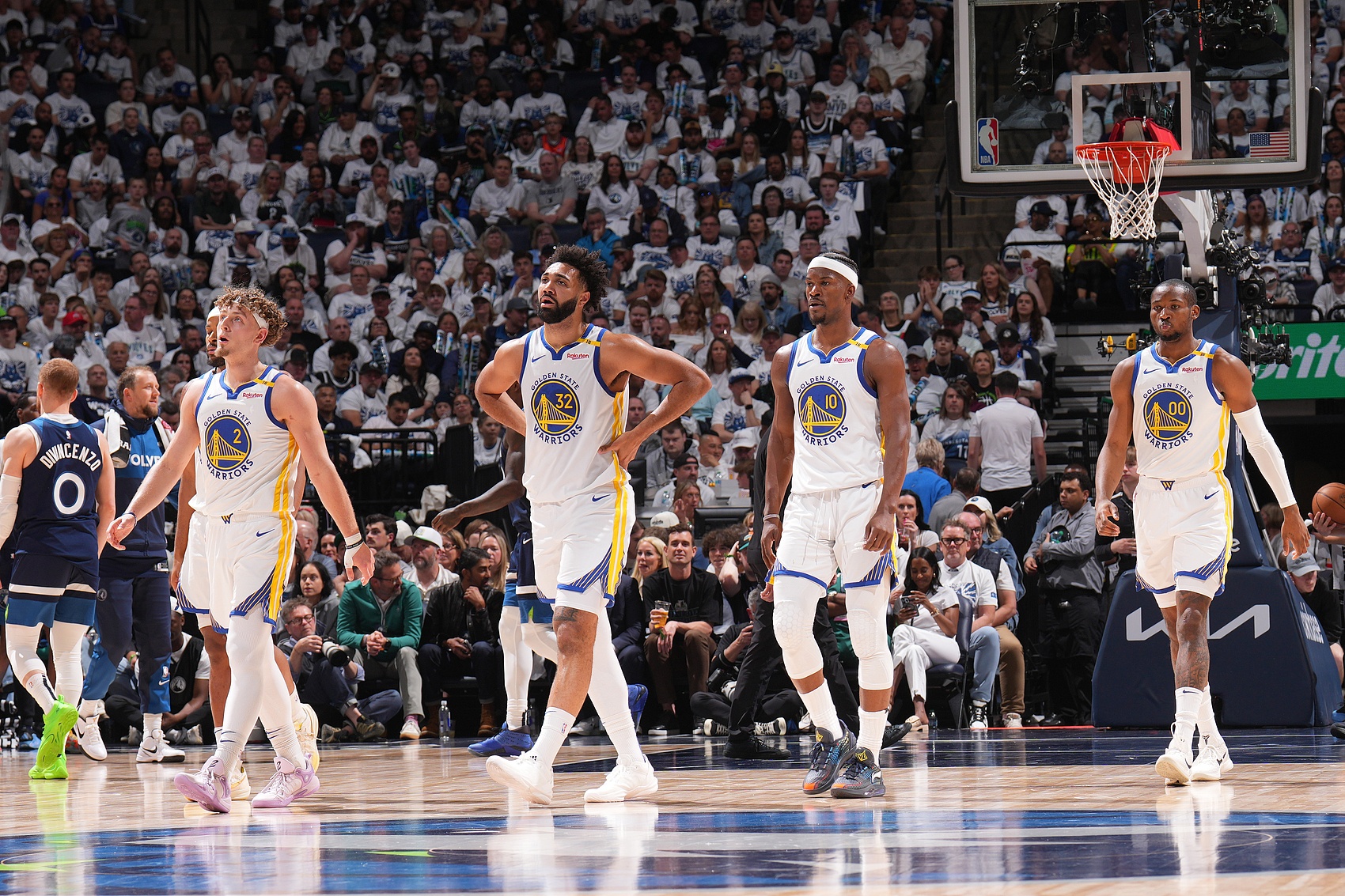
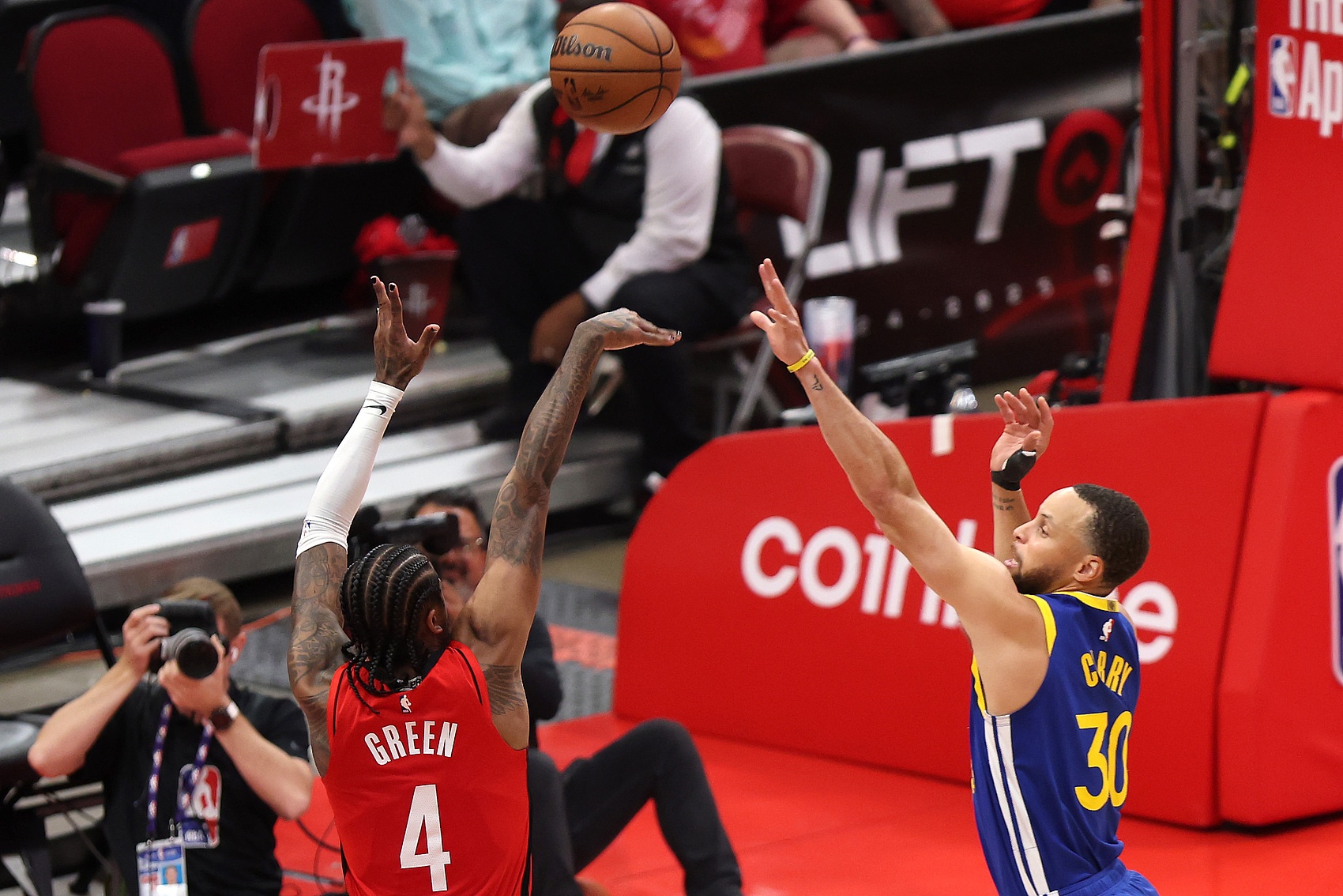
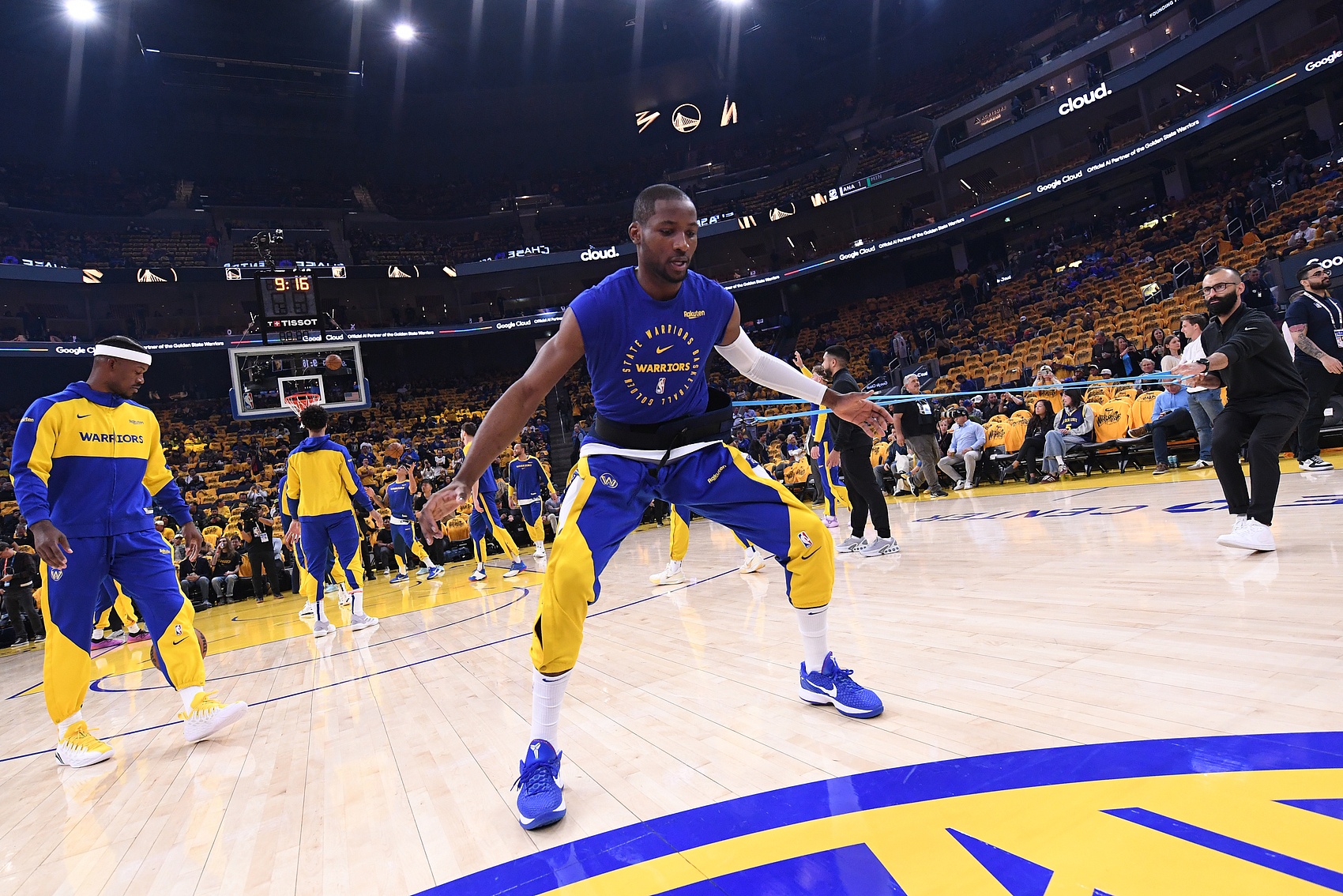
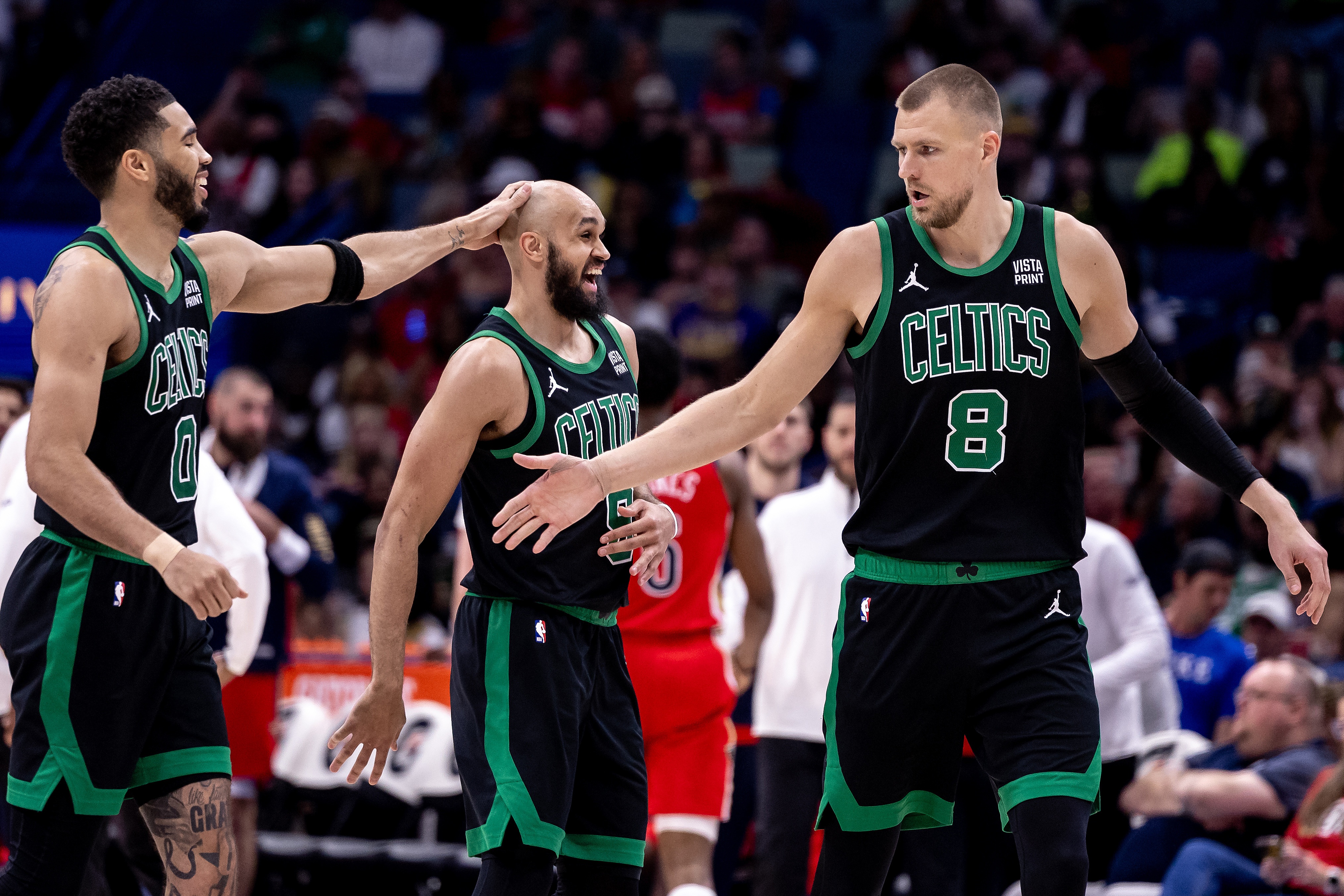
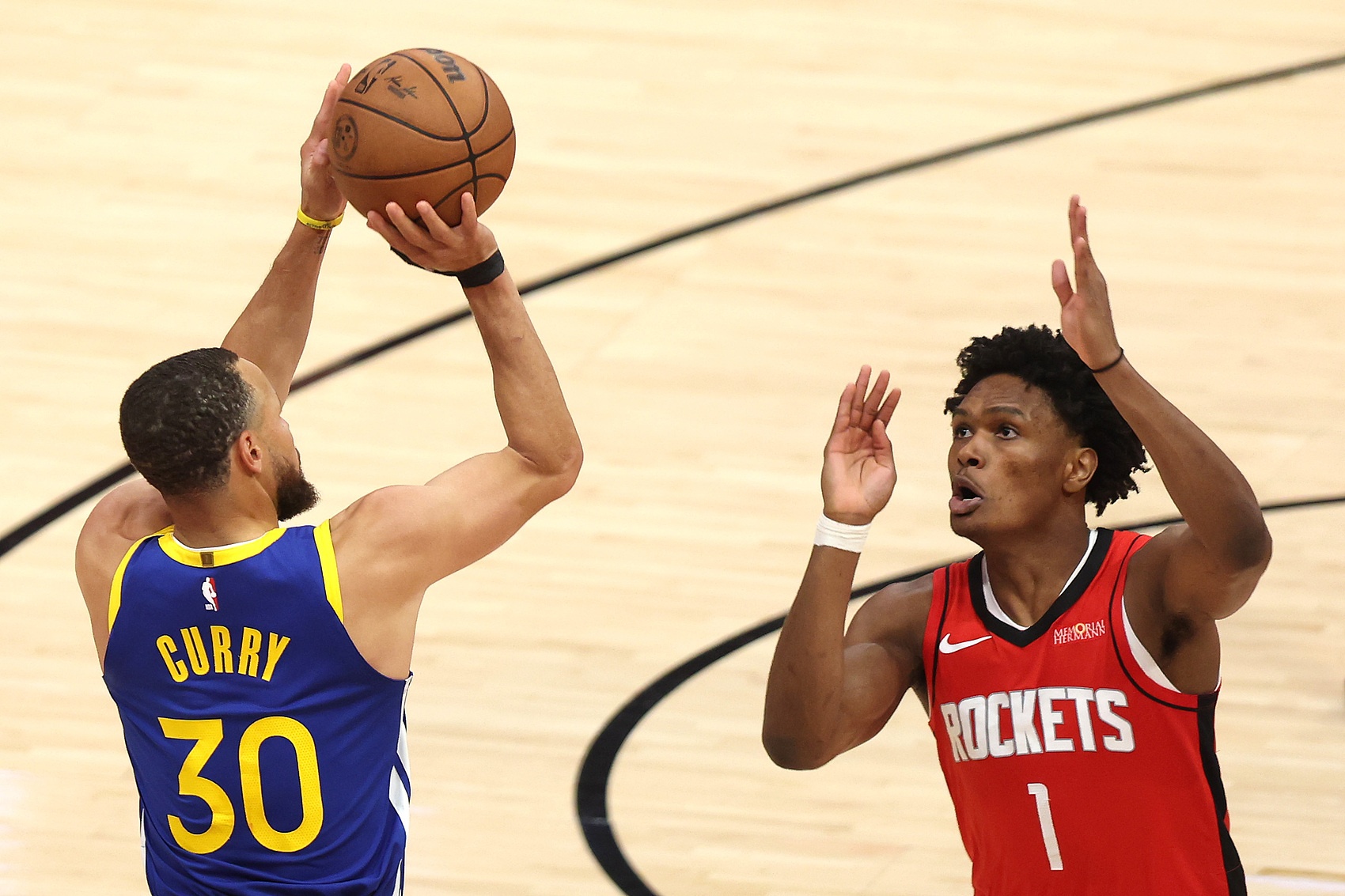
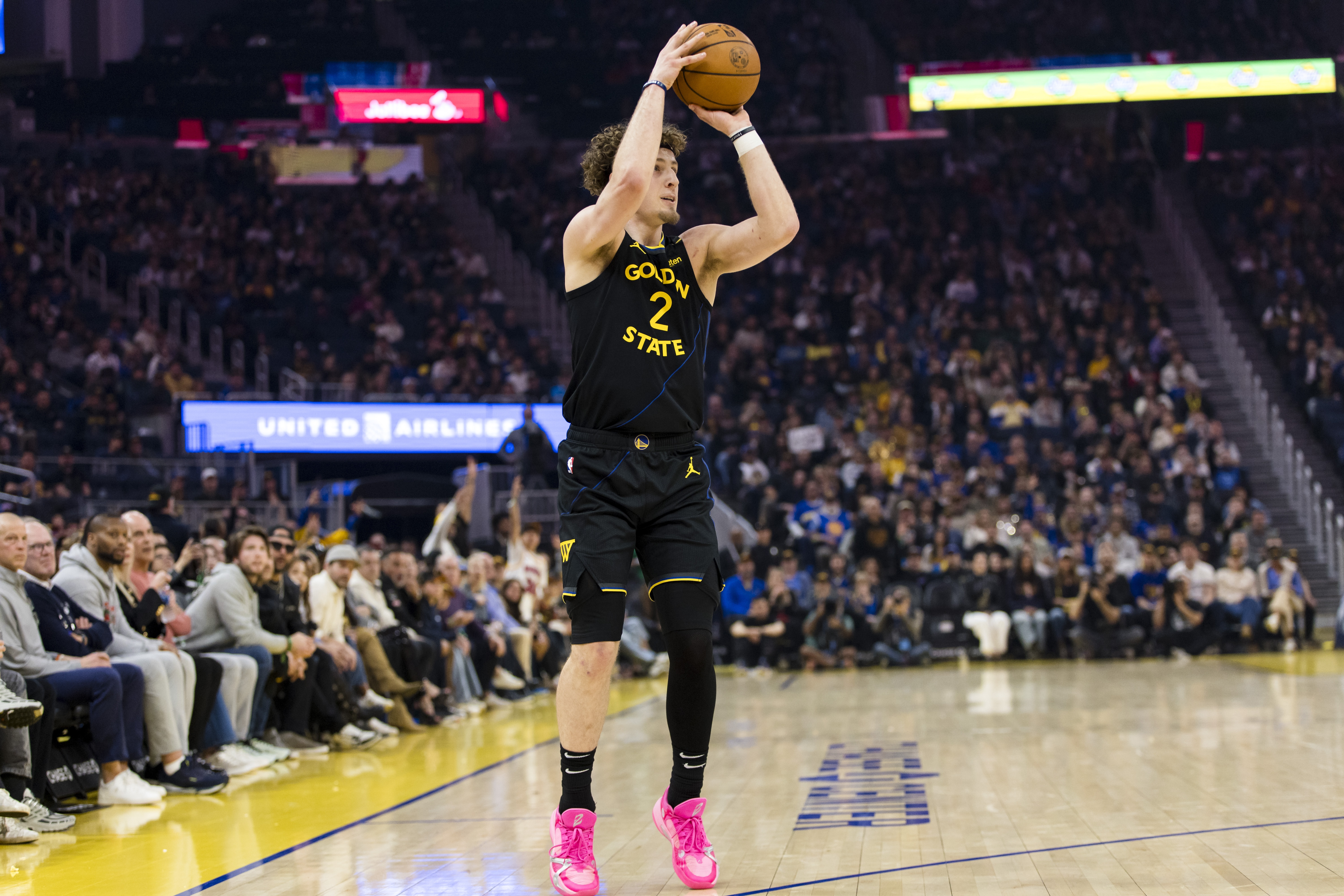
- Recent Posts
-
- Old Rachel: I didn’t vote for
- Cuban: Ishbiya has been remind
- Redick: Vincent has many oppor
- Want to retire? DeAndre Jordan
- Scored 92 points in the first
- Three-point shooting percentag
- NBA ratings have dropped! Xiao
- 🎂Since blessings! Happy 35th b
- Shams: James once revealed dur
- Schroeder: It was Nowitzki who
- Hot Posts
-
- 👀Xiao Mo: The Lakers should qu
- 🤣U.S. media: I have seen 23-ye
- Sister Reed is killed. Downs:
- Ritchie Paul talks about Thick
- Team Note: Koloke has been wor
- The average age is 33.2 years
- Wang Jian: The average annual
- New York new player! Yabuselle
- Perkins: The Celtics rebuild &
- Famous reporter: James did not
- Fry: Can t win Rondo and Claib
- 😅The Warriors possible main r
- Horry: James doesn t want to c
- Paul s career in various teams
- Three-point shooting percentag
- Jimmy s version of "Death Gaze
- The Lakers beat Kessler 🤔? Buh
- Huazi accuses Internet celebri
- Carry the team! Jokic averaged
- Doncic: It feels strange to be
- search
-
- Links
-
